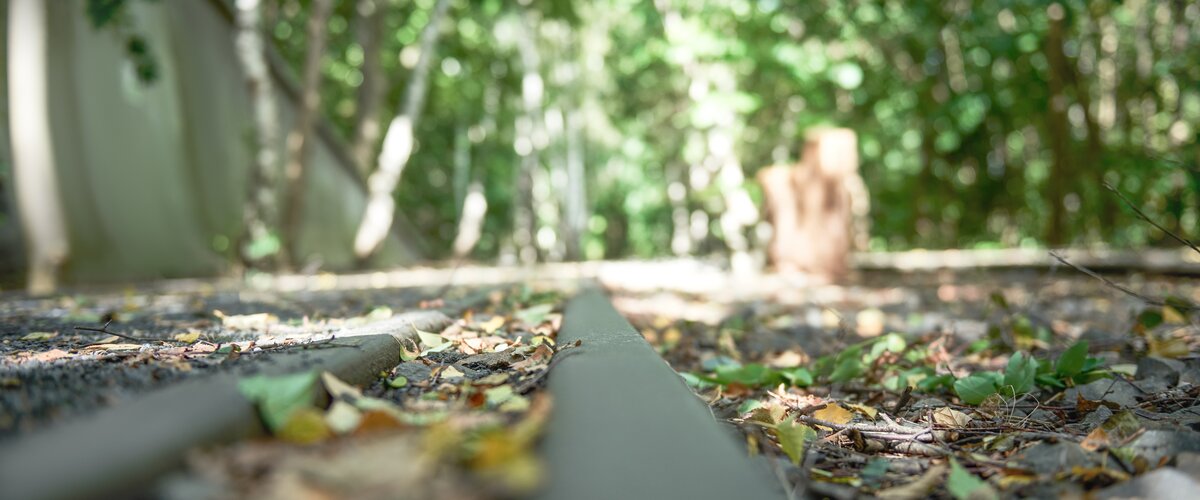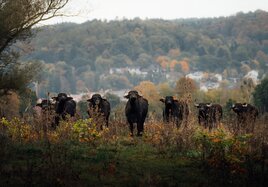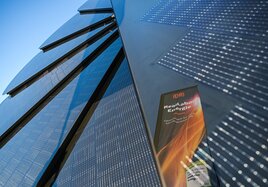When we build a new rail line or infrastructure facility, it is not always possible to avoid disturbing the local natural environment. We have a duty to compensate for this somewhere else. This process means that we not only establish new habitats for plants and animals, but we often also create green spaces that people can use for recreation.
One example is in Frankfurt am Main, where we constructed a new S-Bahn connection between the city's international airport and stadium. We balanced this out by removing and rewilding the disused rail line. This strip of land was once buried under a track, but now native oaks are growing on it. This rewilding project will create a large, continuous green space and recreational environment in the forest of the Schwanheim district. The old line used to cut through the suburb's landscape conservation and protected habitat areas.
A new urban forest for recreation
In Leipzig, too, our conservation work will result in a new recreational area: We are planting new woodland on the site of the former goods yard in the city's Plagwitz neighborhood. This measure will earn us "eco-points" that we can use at a later date on other construction projects.
Frankfurt and Leipzig are home to just two of our many environmental compensation and habitat creation measures that enable us to make a major contribution to conservation in Germany.






